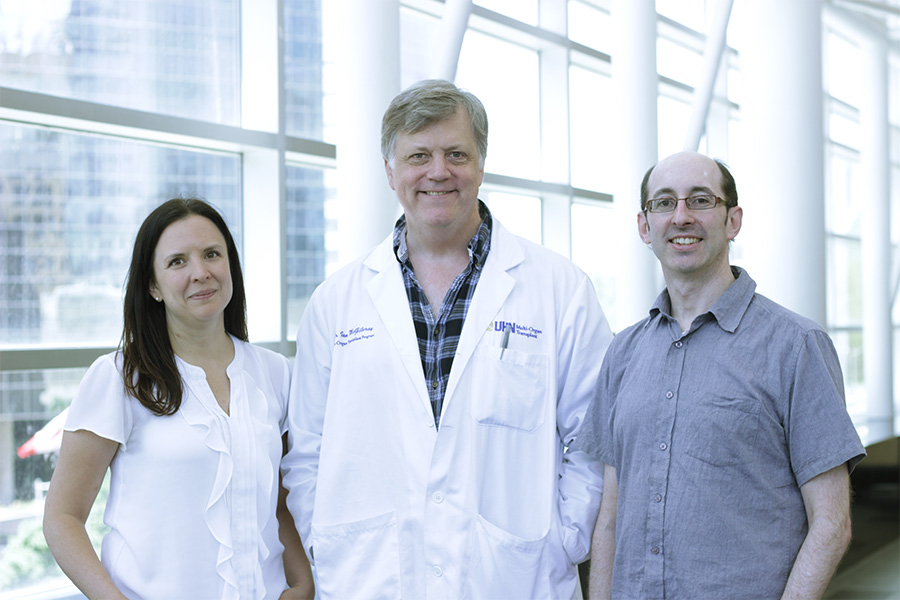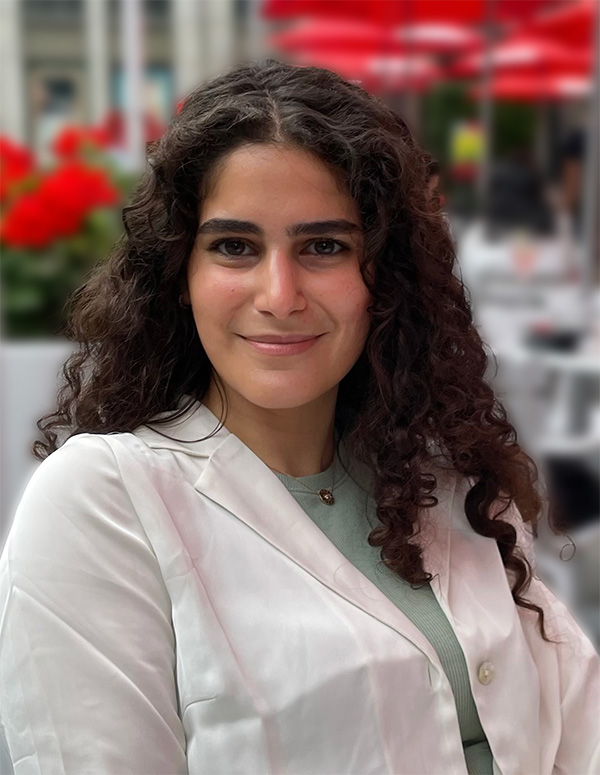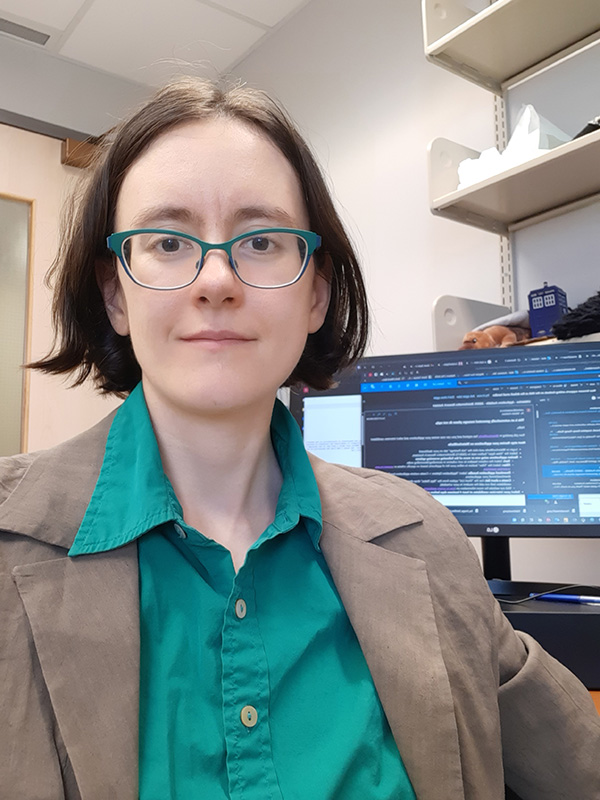
A leading-edge effort led by UHN, in collaboration with a team of researchers from the University of Toronto (U of T), The Hospital for Sick Children (SickKids) and Western University, has resulted in a new study in the Journal of Hepatology giving the first snapshot of primary sclerosing cholangitis (PSC), a rare autoimmune liver disease.
More than 3,000 Canadians live with PSC, which damages the bile ducts inside and outside the liver. There is no cure for the disease but there are medications and procedures to relieve symptoms.
When PSC progresses to liver failure, liver transplantation may be considered.
The research study focused on understanding the cellular landscape of the PSC liver at the time of transplant. Utilizing innovative, cutting-edge techniques, the team pinpointed cells crucial to disease progression that will provide valuable insights for potential therapeutic targets.
“PSC is a rare cholestatic liver disease that is often overlooked in research,” says study co-first author Diana Nakib, a PhD candidate in the lab of Dr. Sonya MacParland, a Senior Scientist at UHN’s Schwartz Reisman Liver Research Centre, UHN’s Ajmera Transplant Centre, and Toronto General Hospital Research Institute (TGHRI).
“Our findings shed light on cellular populations driving disease progression, opening avenues for therapeutic development.”

“Our growing knowledge of the healthy human liver enables us to identify and target cells driving diseases like PSC,” says Dr. MacParland, co-senior author of the study and an associate professor at U of T.
The study’s multi-omic approach revealed vital insights, including diverse immune cell populations in the healthy liver, in PSC livers and transitioning liver cells around PSC lesions.
“Employing diverse profiling methods allows for uncovering and validating new gene signatures and cell types crucial for understanding diseases,” says Dr. Gary Bader, a co-senior author, affiliate scientist at Princess Margaret Cancer Centre and professor at U of T’s Donnelly Centre.
A further distinguishing characteristic of this research is that it prioritizes open science, collaboration and a patient-centric approach, where patients actively participated in the grant writing, and a patient advocacy group – PSC Partners Seeking a Cure Canada – contributed funding.

It’s part of a new trend where patients are involved at every step of the research and have direct input into the formulation and direction. In this case, Mary Vyas, from PSC Partners Seeking a Cure Canada, was part of the grant writing team and participated in disseminating the data as it was generated to the patient group through a recent UHN-supported patient partnered conference entitled “What the Cell!?”
“PSC Partners Seeking a Cure Canada has been instrumental in study design, priority setting and knowledge dissemination,” says co-senior author Dr. Ian McGilvray, Head of Liver and Pancreas Surgery at UHN’s Sprott Department of Surgery, a scientist at UHN’s Ajmera Transplant Centre, co-Director of UHN’s Schwartz Reisman Liver Research Centre and a professor at U of T.
“Their input brings us closer to uncovering therapeutic targets.”
This patient-centric research study not only helps bring a rare liver disease into focus but also accelerates drug discovery, exemplifying the power of collaboration and open science in advancing medical breakthroughs, bringing hope to those affected by conditions long overlooked.
“Sharing raw and processed data publicly facilitates global collaboration, especially for underserved liver diseases,” says Dr. Tallulah Andrews, a co-first author and assistant professor at Western University.

No one ever changed the world on their own but when the bright minds at UHN work together with donors we can redefine the world of health care together.
